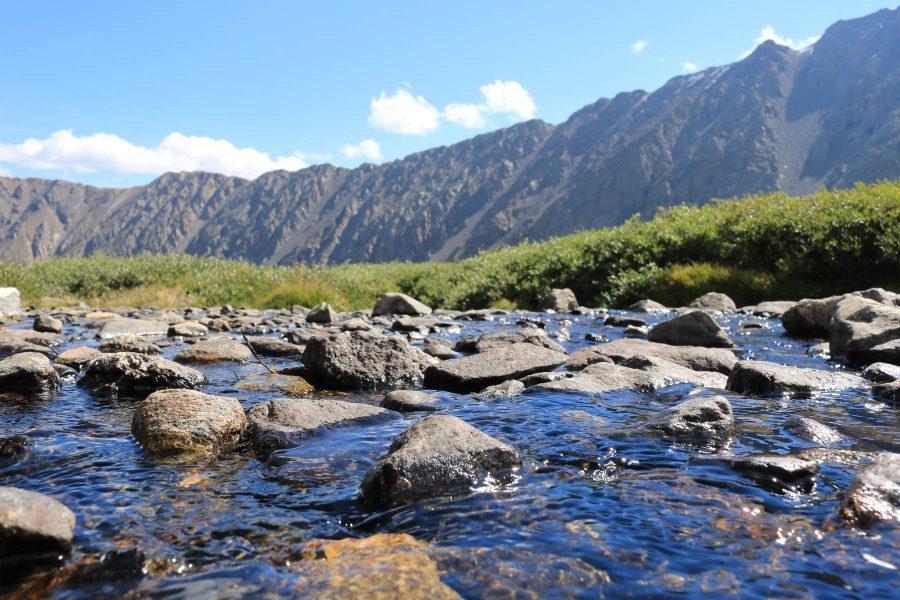The Colorado River Basin supplies water to 40 million people. For seven U.S. states, including the headwater state of Colorado, it is an essential resource that sustains agriculture as well as local municipalities.
Since 2000, the amount of water consumed from the basin has exceeded its natural flow. This has led to historic lows in the nation’s two largest surface water reservoirs: Lake Mead and Lake Powell. This overuse puts 40 million of those water users at risk of water scarcity, which has led to renegotiations of water rights detailed in the Colorado River Compact within the past several years as well as local negotiations and agreements.
In May of this year, Arizona, California and Nevada agreed to reduce their water consumption from the Colorado River; however, discussions of use are ongoing for the majority of users.
Fort Collins gets 40-70% of its water from the Colorado River, depending on the water year, according to Jennifer Dial, water resources manager for the City of Fort Collins. The rest comes from the Cache la Poudre River basin.
“The Colorado River issue has caused concerns,” Dial said. “We’re monitoring it and being as much involved in conversations as we can, but at this point it’s not completely affecting us.”
A major concern for Fort Collins in the continuing negotiations is maintaining proper water access and modeling water use around new distributions. As the U.S. government is considering unprecedented steps to reduce water use, some local governments are beginning to prepare for cuts.
“There’s been discussions around decreasing allotments for those of us in the upper basin,” Dial said. “So that would be Fort Collins. And given how much of our supplies comes from the Colorado River, that is a concern and (impacts) how we plan and model for our future.”
Solutions to limited water supply will vary depending on final decisions regarding the upper basin; however, if less water is available, restrictions will likely be put in place.
“Not having the Colorado supplies ultimately means that we’re going to be looking at more and more water restrictions,” Dial said.
The city does invest in conservation, which should help to mitigate the water use and concerns.
“Our conservation department is very proactive,” Dial said. “They have a lot of programs to decrease water demand for different developments, and that’s going to continue. That will help mitigate this situation.”
Though a common concern is the amount of water available itself, Fort Collins is also concerned with water storage. To address the storage concerns, a project to expand Halligan Reservoir along the Poudre River has been in the works.
“Our biggest constraint right now is we need storage,” Dial said. “And we’ve been working for 15 years on expanding our Halligan Reservoir so that we can take all these water rights that we have and put them into storage for drought situations.”
Director of Water for the City of Fort Collins Jason Graham told city council in a work session early this year that there may be some uncertainty regarding water from the Colorado-Big Thompson Project in the future due to Colorado River supply issues. This system feeds into Horsetooth Reservoir, making it of particular concern for residents on the Front Range.
The Fort Collins-Loveland Water District and the East Larimer County Water District are particularly susceptible to changes in supply from the Colorado River. The Fort Collins-Loveland Water District receives roughly 90% of its water from the Colorado-Big Thompson Project, while the East Larimer County Water District receives roughly 70%.
Though these discussions are directed by the federal government, the city is doing its best to make sure its input is considered, Dial said.
“Fort Collins is doing the best to manage our water,” Dial said. “And we acknowledge the challenges that we face.”
Reach Ivy Secrest at science@collegian.com or on Twitter @IvySecrest.










